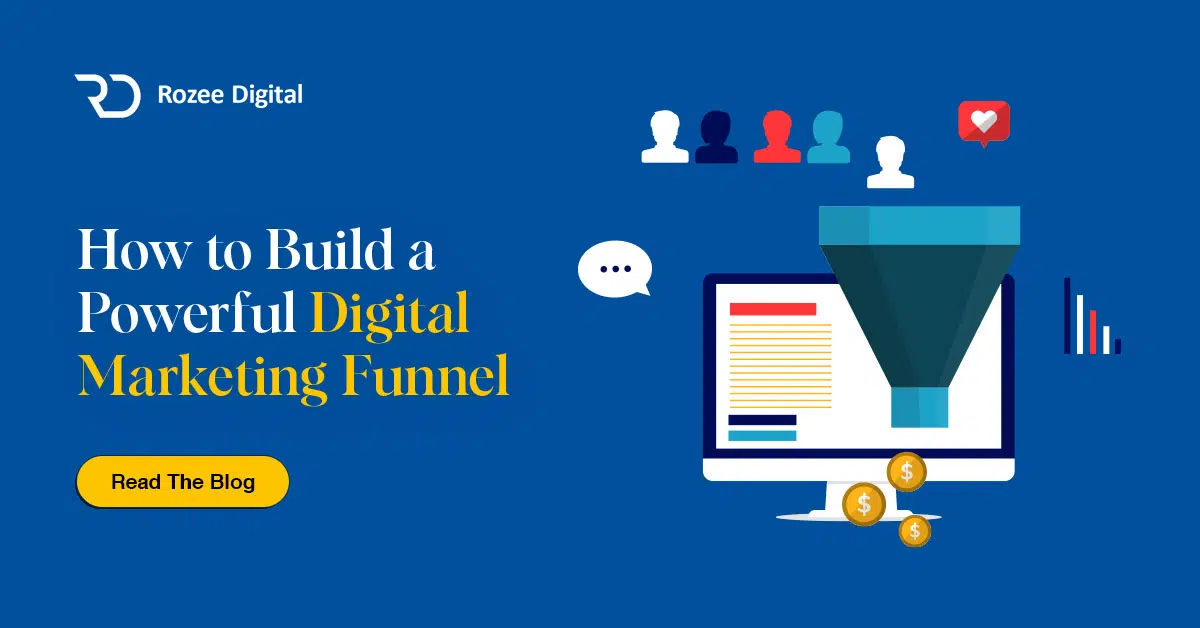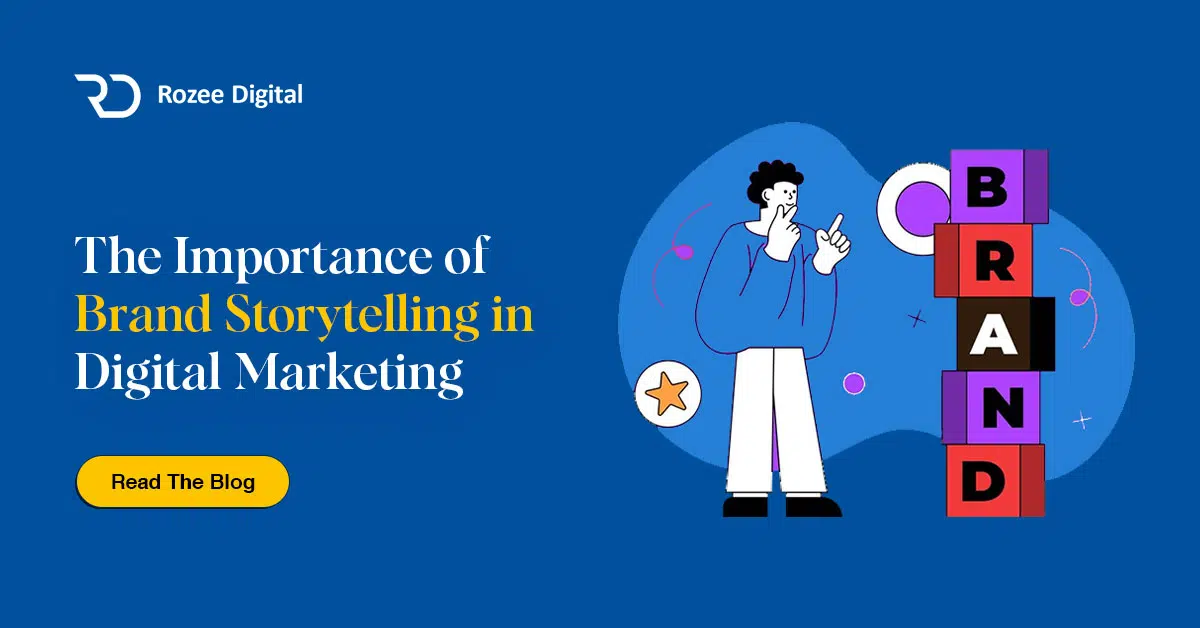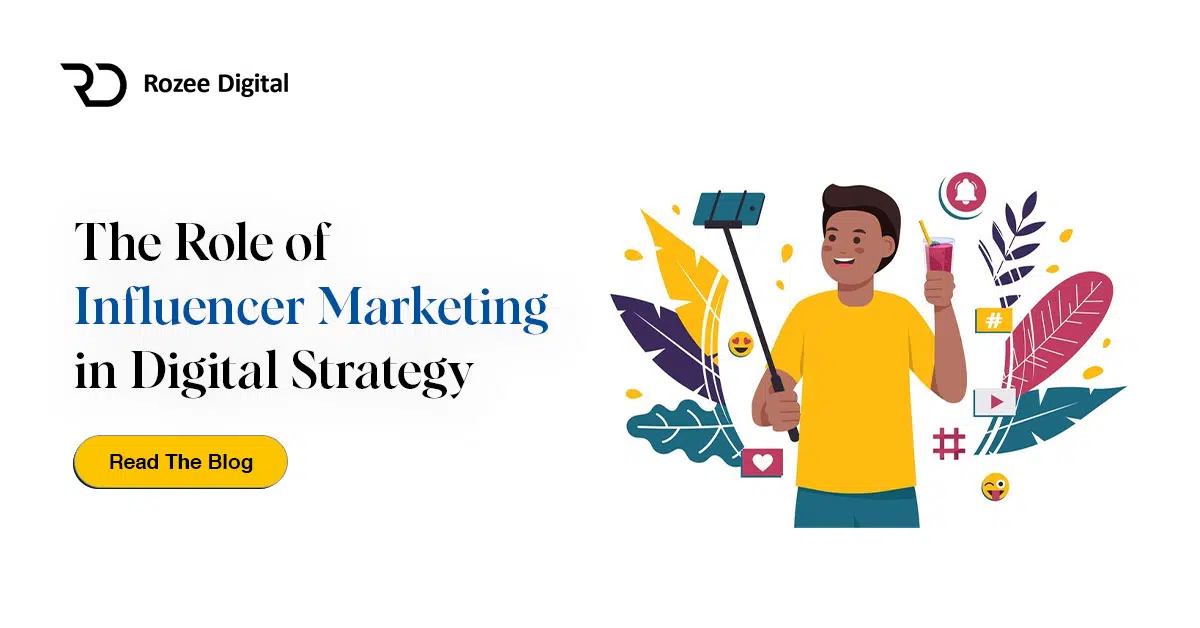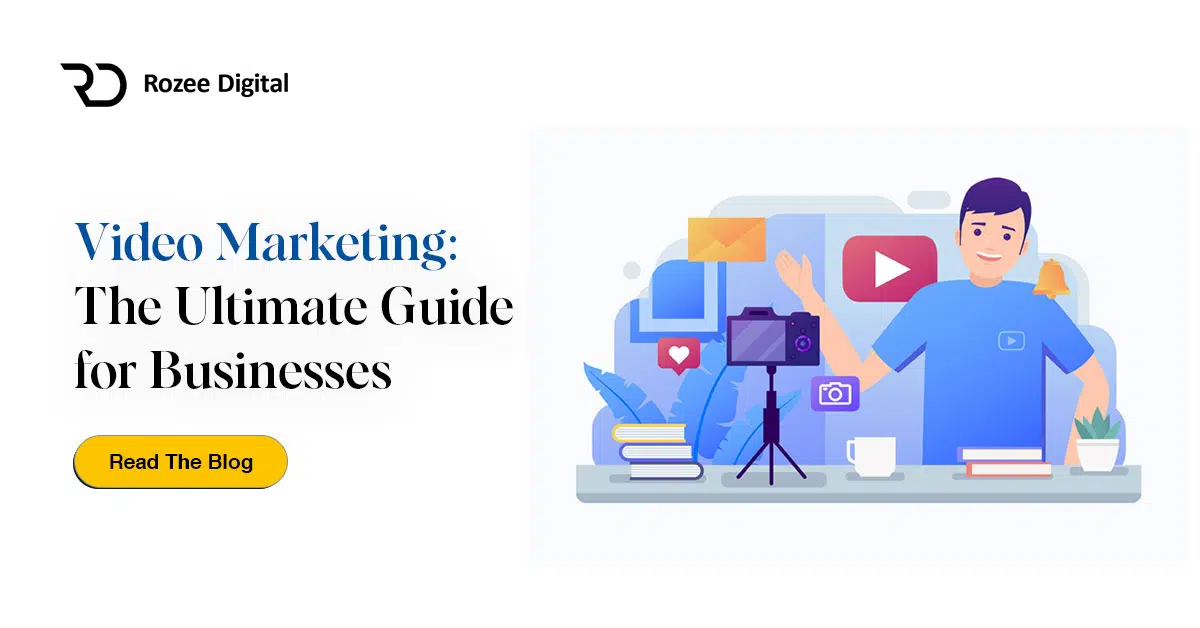Introduction to Facebook Ads for Ecommerce
To drive sales and reach potential customers, Facebook ads have become an essential tool for ecommerce businesses. With its vast user base and powerful targeting capabilities, Facebook provides a unique platform to showcase products and engage with a highly relevant audience. By optimizing your Facebook ads, you can maximize the impact of your advertising efforts and boost your ecommerce success.
The Power of Facebook Ads for Ecommerce
Facebook ads offer a range of benefits that make them a powerful tool for ecommerce businesses. First and foremost, the sheer number of active Facebook users provides a massive potential audience for your ads. With over 2.8 billion monthly active users as of 2021, Facebook allows you to reach a broad and diverse customer base.
Moreover, Facebook’s advanced targeting options enable you to define and reach your ideal customer. By utilizing tools like Facebook Audience Insights, you can gather valuable data about your target audience’s demographics, interests, and behaviors. This knowledge allows you to tailor your ads to specific segments and increase the likelihood of conversions.
Another advantage of Facebook ads is the flexibility they offer in terms of ad formats. You can leverage eye-catching images and videos to showcase your products, making your ads visually appealing and engaging. Additionally, persuasive ad copy helps convey your brand message and encourage users to take action.
Benefits of Optimizing Your Facebook Ads
Optimizing your Facebook ads is crucial for maximizing their effectiveness and achieving your ecommerce goals. By investing time and effort into optimization, you can experience several benefits:
- Improved Targeting: Optimization allows you to refine your targeting strategy, ensuring your ads are shown to the most relevant audience. This increases the chances of generating qualified leads and driving conversions.
- Increased Click-Through Rates: Well-crafted ad creative and compelling copy can capture the attention of users, leading to higher click-through rates. This means more users are engaging with your ads and visiting your ecommerce website.
- Enhanced Conversion Rates: Optimization techniques such as A/B testing, ad scheduling, and budget optimization help fine-tune your campaigns for optimal performance. By identifying what works best, you can increase your conversion rates and generate more sales.
- Cost Efficiency: When your ads are optimized, you can reduce wasted ad spend by focusing on the strategies and targeting options that deliver the best results. This improves your return on investment and makes your advertising budget more efficient.
To harness the full potential of Facebook ads for ecommerce, it’s crucial to understand the various optimization techniques available. In the following sections, we will explore topics such as audience targeting, ad creative, ad delivery optimization, and performance tracking. By implementing these strategies, you can take your Facebook ad campaigns to new heights and drive significant growth for your ecommerce business.
Understanding Your Target Audience
To maximize the effectiveness of your Facebook Ads for ecommerce, it is crucial to have a deep understanding of your target audience. By defining your ideal customer and utilizing Facebook Audience Insights, you can refine your targeting strategies and deliver ads that resonate with your audience.
Defining Your Ideal Customer
Defining your ideal customer is the first step in understanding your target audience. Start by creating buyer personas that represent the characteristics, preferences, and behaviors of your typical customers. Consider factors such as age, gender, location, interests, and purchasing habits. This information will help you tailor your ads and messaging to better resonate with your audience.
By understanding your ideal customer, you can develop ads that speak directly to their needs, desires, and pain points. This targeted approach increases the likelihood of capturing their attention and driving conversions. For more insights on creating effective Facebook ads for ecommerce, check out our article on Facebook Ads Strategy for Ecommerce.
Utilizing Facebook Audience Insights
Facebook Audience Insights is a powerful tool provided by Facebook that allows you to gain valuable insights into your target audience. With this tool, you can access demographic, interest, and behavior data of Facebook users to understand who they are and what they are interested in.
By entering specific criteria related to your target audience, such as age, location, and interests, you can access detailed information about their demographics, lifestyle, and online behavior. This data can help you better understand your audience’s interests, enabling you to create more relevant and engaging ads.
Additionally, Facebook Audience Insights can provide you with information about your audience’s purchasing habits, allowing you to tailor your ads to their preferences. By understanding what products or services they are interested in, you can create compelling ads that showcase the benefits and value your ecommerce business offers.
By leveraging the power of Facebook Audience Insights, you can gain valuable insights into your target audience and refine your Facebook Ads strategy accordingly. For more information on Facebook Ads targeting for ecommerce, refer to our article on Facebook Ads Targeting for Ecommerce.
Understanding your target audience is essential for effective Facebook Ads optimization for ecommerce. By defining your ideal customer and utilizing Facebook Audience Insights, you can tailor your ads to resonate with your audience’s preferences, interests, and behaviors. This targeted approach increases the chances of driving engagement, conversions, and ultimately, sales for your ecommerce business.
Crafting Compelling Ad Creative
To make your Facebook ads stand out and capture the attention of your target audience, it’s essential to focus on crafting compelling ad creative. This includes creating eye-catching images and videos and writing persuasive ad copy.
Eye-Catching Images and Videos
Visual content plays a significant role in capturing the attention of users scrolling through their Facebook feeds. When creating images or videos for your ads, consider the following tips:
- Use high-quality visuals that are clear, engaging, and relevant to your product or brand.
- Incorporate vibrant colors and appealing visuals that grab attention.
- Showcase your products being used or highlight their unique features and benefits.
- Implement a clean and uncluttered design that allows viewers to focus on the main message.
- Experiment with different formats like carousels or slideshows to showcase multiple products or demonstrate a story.
Remember, the goal is to create visuals that not only grab attention but also align with your brand identity and resonate with your target audience. For more tips and strategies on optimizing your Facebook ad creative, check out our article on Facebook ads creative for ecommerce.
Persuasive Ad Copy
While visuals are crucial, the ad copy is equally important in driving conversions. Here are some key considerations when crafting persuasive ad copy:
- Start with a compelling headline that grabs attention and entices users to read further.
- Clearly communicate the value proposition of your product or offer. Highlight the benefits or unique selling points that make your product stand out.
- Keep the copy concise and easy to read. Use short sentences and paragraphs to maintain clarity.
- Create a sense of urgency or exclusivity by incorporating phrases like “limited time offer” or “exclusive discount.”
- Include a clear call-to-action (CTA) that encourages users to take the desired action, such as “Shop Now,” “Learn More,” or “Get Your Discount.”
Effective ad copy should not only capture attention but also drive users to take action. Experimenting with different copy variations and analyzing the performance can help you identify the messaging that resonates best with your target audience. For more insights on writing compelling ad copy, check out our article on Facebook ads copywriting for ecommerce.
By focusing on creating eye-catching visuals and persuasive ad copy, you can increase the effectiveness of your Facebook ads and drive better results for your ecommerce business. Remember to monitor the performance of your ads and make data-driven decisions to continuously optimize and improve your ad creative.
Setting Up Effective Targeting
To maximize the effectiveness of your Facebook ads for ecommerce, setting up effective targeting is crucial. By reaching the right audience, you can increase the chances of driving sales and achieving your marketing goals. There are several targeting options available on Facebook that can help you hone in on your ideal customers. Let’s explore three key targeting strategies: custom audiences, lookalike audiences, and interest targeting.
Custom Audiences
Custom audiences allow you to target individuals who have already interacted with your business in some way. This targeting option is particularly valuable for ecommerce businesses as it enables you to re-engage with previous customers, website visitors, or subscribers.
Here are a few examples of custom audiences you can create:
- Customer List: Upload a list of your existing customers’ email addresses or phone numbers to specifically target them with relevant ads.
- Website Visitors: Install the Facebook Pixel on your website to create an audience of people who have visited your site. This allows you to retarget them with ads related to the products they viewed or abandoned in their shopping cart.
- Engagement Audiences: Target people who have engaged with your content on Facebook or Instagram, such as those who have watched your videos, liked your page, or interacted with your posts.
By leveraging custom audiences, you can tailor your ads to individuals who already have some familiarity with your brand, increasing the likelihood of conversions and sales. For more information on creating custom audiences, check out our article on Facebook Ads Audience Insights for Ecommerce.
Lookalike Audiences
Lookalike audiences allow you to expand your reach by targeting people who share similar characteristics with your existing customers or custom audiences. Facebook uses its algorithm to analyze the attributes, interests, and behaviors of your custom audience and finds new individuals who are likely to be interested in your products or services.
To create a lookalike audience, you’ll need a source audience to base it on. This can be a custom audience or your existing customer list. Facebook will then generate a new audience that matches the characteristics of your source audience.
By targeting lookalike audiences, you can tap into a wider pool of potential customers who share similar interests and behaviors with your existing audience. This can help you expand your customer base and increase your chances of driving more sales. For more information on lookalike audiences, visit our article on Facebook Ads Targeting Options for Ecommerce.
Interest Targeting
Interest targeting allows you to reach individuals based on their specific interests, hobbies, and preferences. With this targeting option, you can select interests that are relevant to your ecommerce business and ensure that your ads are shown to people who are likely to be interested in your products.
For example, if you sell fitness apparel, you can target individuals who are interested in fitness, yoga, or specific workout programs. This way, you can reach a highly relevant audience who is more likely to engage with your ads and make a purchase.
When using interest targeting, it’s important to strike a balance between specificity and reach. Targeting too broadly may result in reaching individuals who are not genuinely interested in your products, while targeting too narrowly may limit your audience size. Experiment with different interest combinations and monitor the performance of your ads to find the optimal balance.
By utilizing custom audiences, lookalike audiences, and interest targeting, you can optimize your Facebook ads for ecommerce to reach the right audience. Tailoring your ads to individuals who are already familiar with your brand or have similar interests increases the likelihood of driving conversions and boosting sales. Remember to monitor the performance of your ads and make adjustments as needed to continuously refine your targeting strategy.
Optimizing Ad Delivery
To make the most of your Facebook Ads for ecommerce, optimizing your ad delivery is crucial. This involves fine-tuning various elements to ensure your ads are reaching the right audience at the right time. Three key strategies for optimizing ad delivery are A/B testing, ad scheduling, and budget optimization.
A/B Testing
A/B testing, also known as split testing, is an effective method for evaluating different ad variations to determine which performs better. By creating multiple versions of your ads with slight variations in elements like images, ad copy, or call-to-action buttons, you can compare their performance and identify the most effective combination.
To conduct A/B testing, divide your audience into separate groups and show each group a different ad version. Monitor the performance metrics, such as click-through rates (CTR) and conversion rates, to determine which ad variation resonates best with your target audience. This data-driven approach allows you to optimize your ads based on real-time results and refine your overall Facebook Ads strategy. For more information on A/B testing and other optimization techniques, check out our article on Facebook Ads Testing for Ecommerce.
Ad Scheduling
Ad scheduling involves strategically choosing the days and times when your ads will be displayed to your target audience. By analyzing data and understanding your audience’s behavior, you can determine the optimal times to reach them and maximize engagement.
Consider factors such as the time zones of your target audience, their online activity patterns, and any specific seasonal trends that may affect their purchasing behavior. For example, if you’re running an ad campaign for a summer clothing collection, you may want to increase your ad visibility during the spring and early summer months.
Facebook Ads Manager provides the option to schedule your ads, allowing you to set specific days and times for your ads to appear. By aligning your ad delivery with your audience’s online habits, you can increase the chances of capturing their attention and driving conversions. To learn more about Facebook Ads scheduling and other targeting options, visit our article on Facebook Ads Targeting Options for Ecommerce.
Budget Optimization
Optimizing your Facebook Ads budget is essential to ensure you’re getting the most out of your ad spend. Facebook offers various budget optimization strategies to help you achieve your desired advertising goals while maximizing your return on investment (ROI).
One effective budget optimization strategy is campaign budget optimization, where you set a budget at the campaign level rather than the ad set level. This allows Facebook’s algorithm to distribute your budget across different ad sets within the campaign, optimizing the overall performance and achieving better results.
Another budget optimization technique is automatic bidding, where Facebook automatically adjusts your bid amount based on factors such as your campaign objective, competition, and audience engagement. This helps you stay competitive in the ad auction and reach your target audience effectively.
Regularly monitoring your campaign performance and adjusting your budget allocation based on the results is crucial for successful budget optimization. Facebook Ads Manager provides detailed analytics and reporting tools to help you track key metrics and make informed decisions. For more information on tracking and analyzing your Facebook Ads performance, check out our article on Facebook Ads Reporting for Ecommerce.
By implementing A/B testing, optimizing ad scheduling, and refining your budget allocation, you can enhance the delivery and performance of your Facebook Ads for ecommerce. These strategies empower you to reach your target audience effectively, increase engagement, and drive successful conversions.
Tracking and Analyzing Performance
To optimize your Facebook Ads for ecommerce, it’s crucial to track and analyze their performance. This allows you to gain valuable insights into the effectiveness of your ad campaigns and make data-driven decisions to improve your results. In this section, we will explore Facebook Pixel Integration, Key Metrics to Monitor, and Making Data-Driven Decisions.
Facebook Pixel Integration
Integrating the Facebook Pixel into your ecommerce website is a vital step in tracking the performance of your Facebook Ads. The Facebook Pixel is a piece of code that you place on your website, providing valuable data on user behavior and conversions. It allows you to track actions such as purchases, add-to-cart events, and page views, providing you with crucial insights into the effectiveness of your ads.
By using the Facebook Pixel, you can measure the success of your ad campaigns, optimize your targeting, and even create custom audiences for retargeting. It enables you to understand your customers better and make informed decisions to improve the performance of your Facebook Ads.
Key Metrics to Monitor
When analyzing the performance of your Facebook Ads for ecommerce, it’s essential to monitor key metrics that provide insights into the effectiveness of your campaigns. Here are some important metrics to consider:
- Click-through Rate (CTR): This metric measures the percentage of people who clicked on your ad after viewing it. A high CTR indicates that your ad is resonating with your target audience.
- Conversion Rate: The conversion rate measures the percentage of users who took the desired action, such as making a purchase or signing up for a newsletter, after clicking on your ad. A high conversion rate indicates that your ad is effectively driving actions.
- Return on Ad Spend (ROAS): ROAS measures the revenue generated for every dollar spent on advertising. It helps you understand the profitability of your ad campaigns and optimize your budget allocation.
- Cost per Acquisition (CPA): CPA measures the cost of acquiring a customer through your Facebook Ads. It helps you evaluate the efficiency of your ad spend and optimize your targeting and messaging.
- Engagement Metrics: Engagement metrics, such as likes, comments, and shares, show how well your ads are resonating with your audience. They provide insights into the level of interest and interaction your ads are generating.
By regularly monitoring these key metrics, you can identify areas of improvement and make data-driven decisions to optimize your Facebook Ads for ecommerce.
Making Data-Driven Decisions
Analyzing the performance of your Facebook Ads and making data-driven decisions is crucial to improving your results. By tracking key metrics, you can identify what’s working and what needs adjustment. Here are some strategies for making data-driven decisions:
- A/B Testing: Test different variations of your ads to determine which elements, such as imagery, ad copy, or targeting, yield the best results. Use the insights gained from A/B testing to optimize your ads and improve their performance.
- Campaign Optimization: Regularly review your ad campaigns and make adjustments based on performance data. Allocate more budget to high-performing campaigns and pause or optimize underperforming ones.
- Audience Insights: Utilize Facebook’s Audience Insights to gain valuable information about your target audience. Understand their demographics, interests, and behaviors to refine your targeting and create more personalized ads.
- Ad Scheduling: Analyze the time of day or day of the week when your ads perform best. Adjust your ad scheduling to maximize visibility during peak engagement periods.
By leveraging the data provided by Facebook Pixel integration and monitoring key metrics, you can make informed decisions to optimize your Facebook Ads for ecommerce. Continuously test, analyze, and refine your campaigns to drive sales and achieve your business goals.








